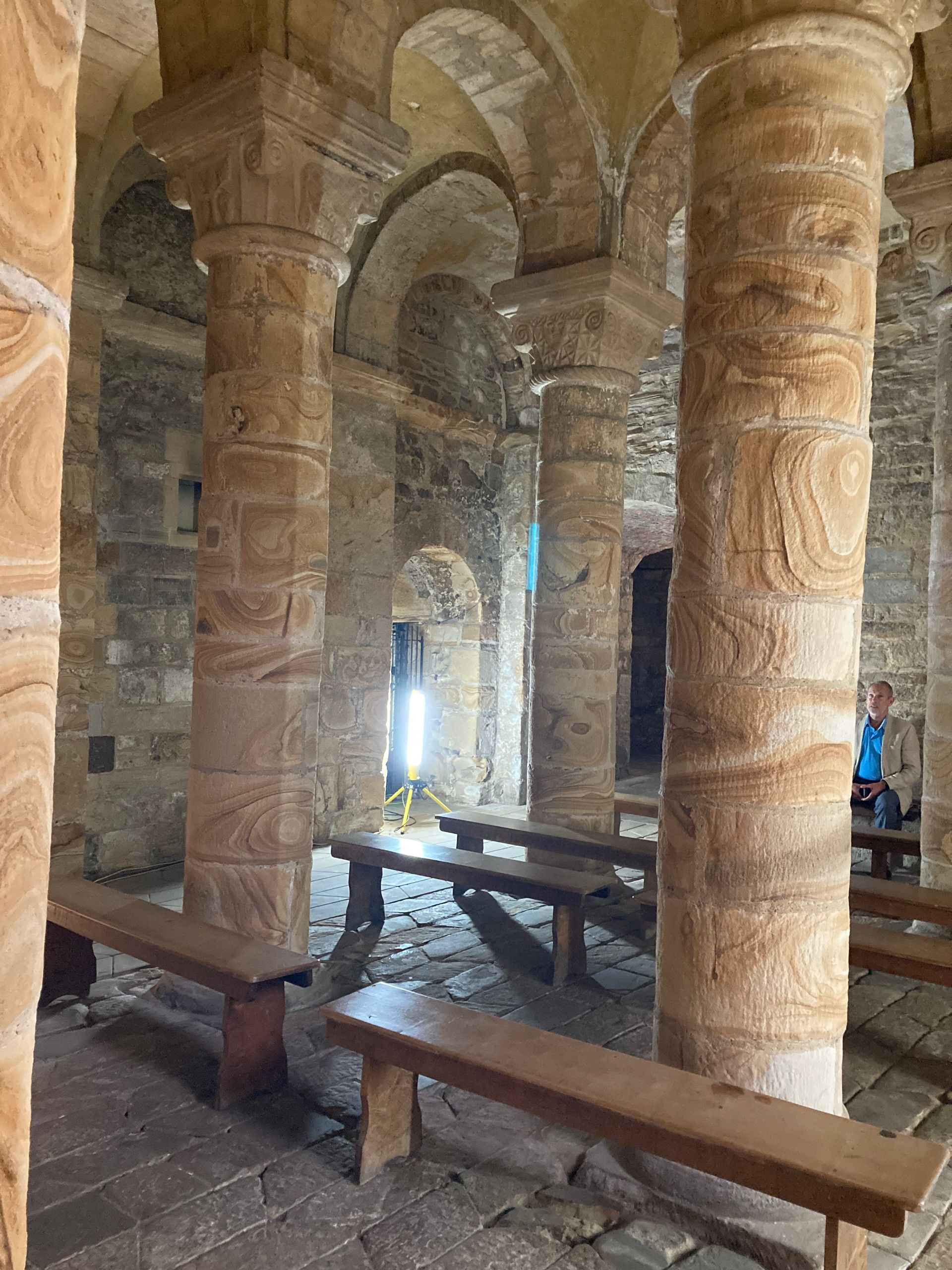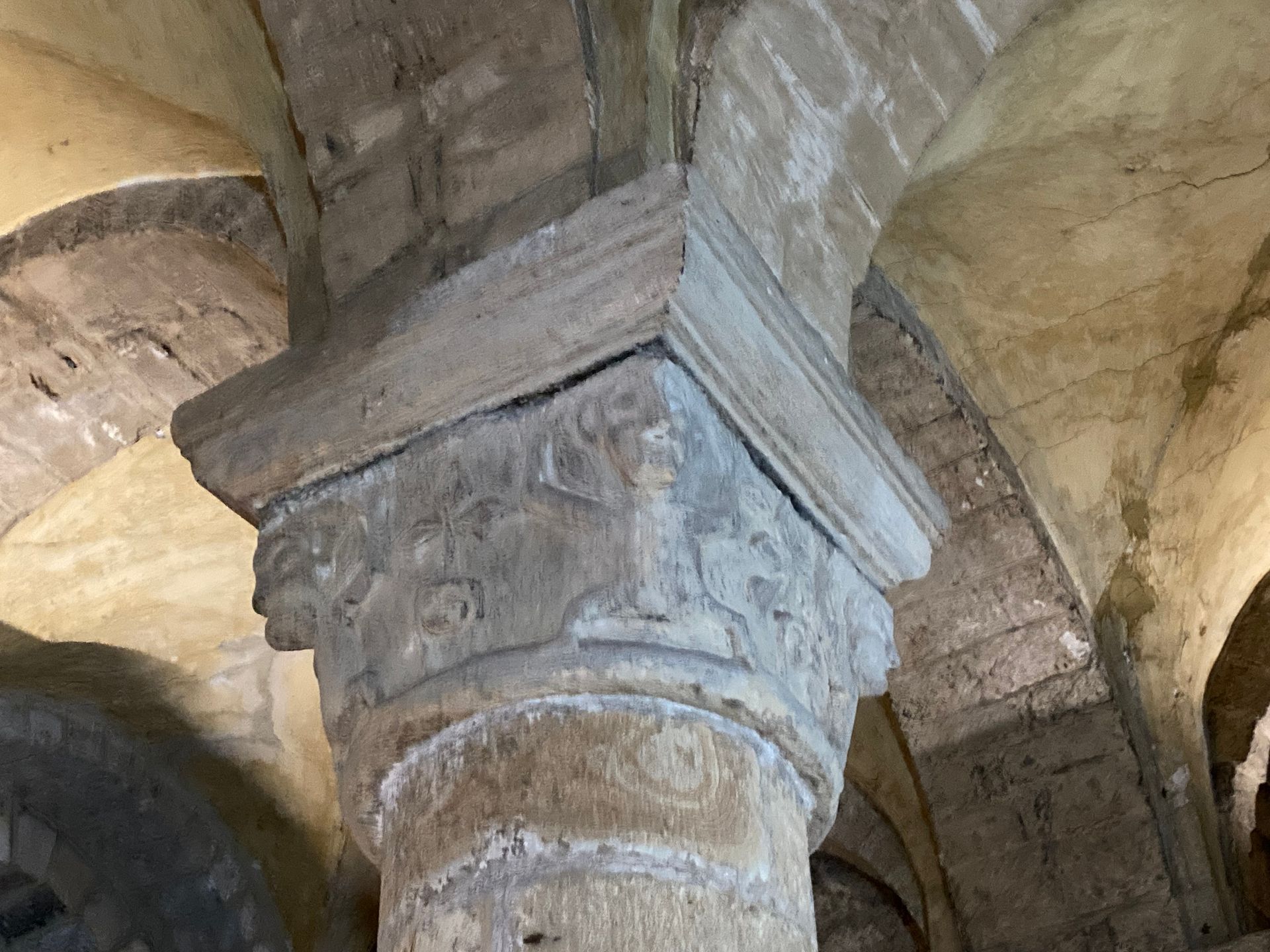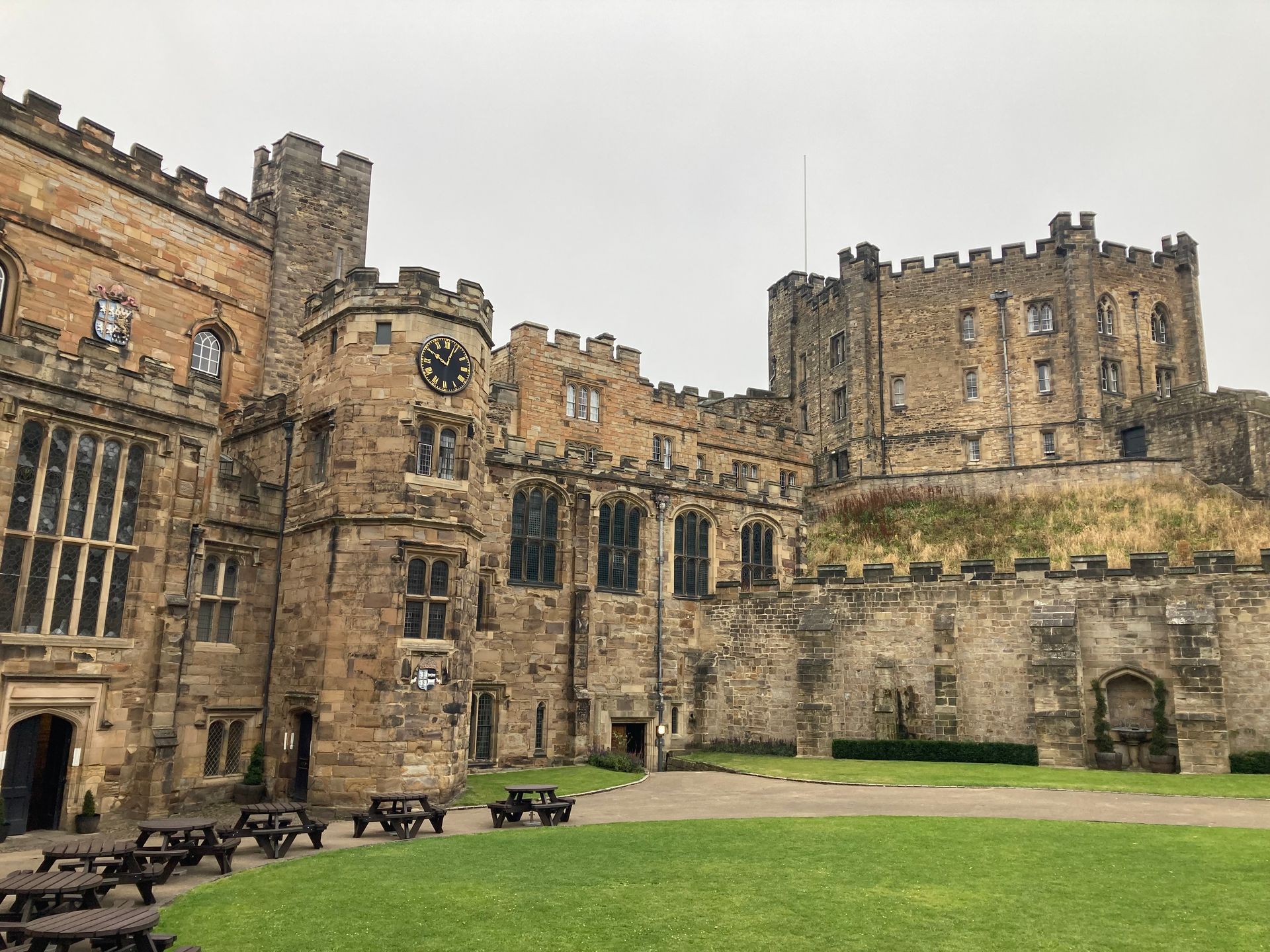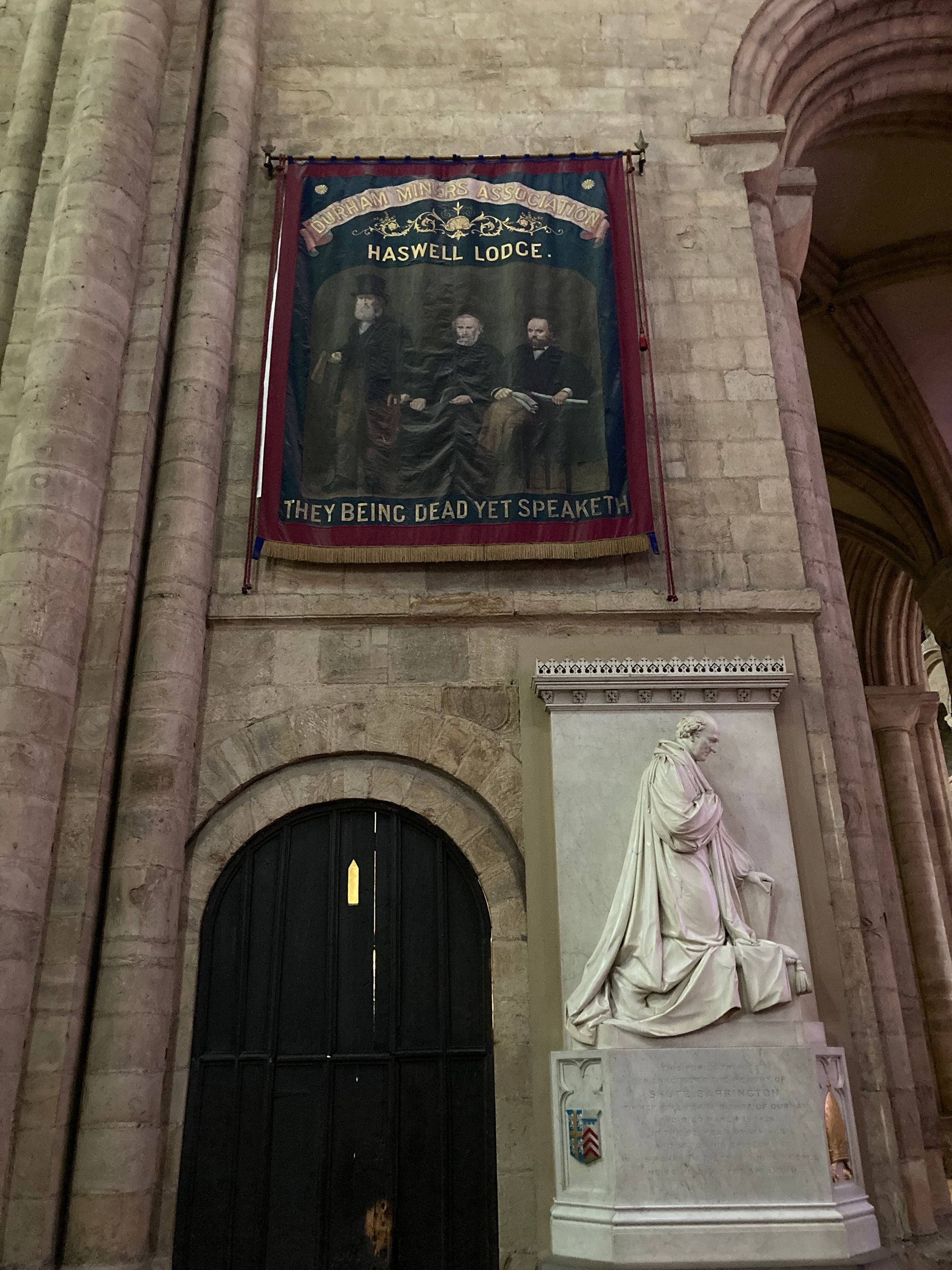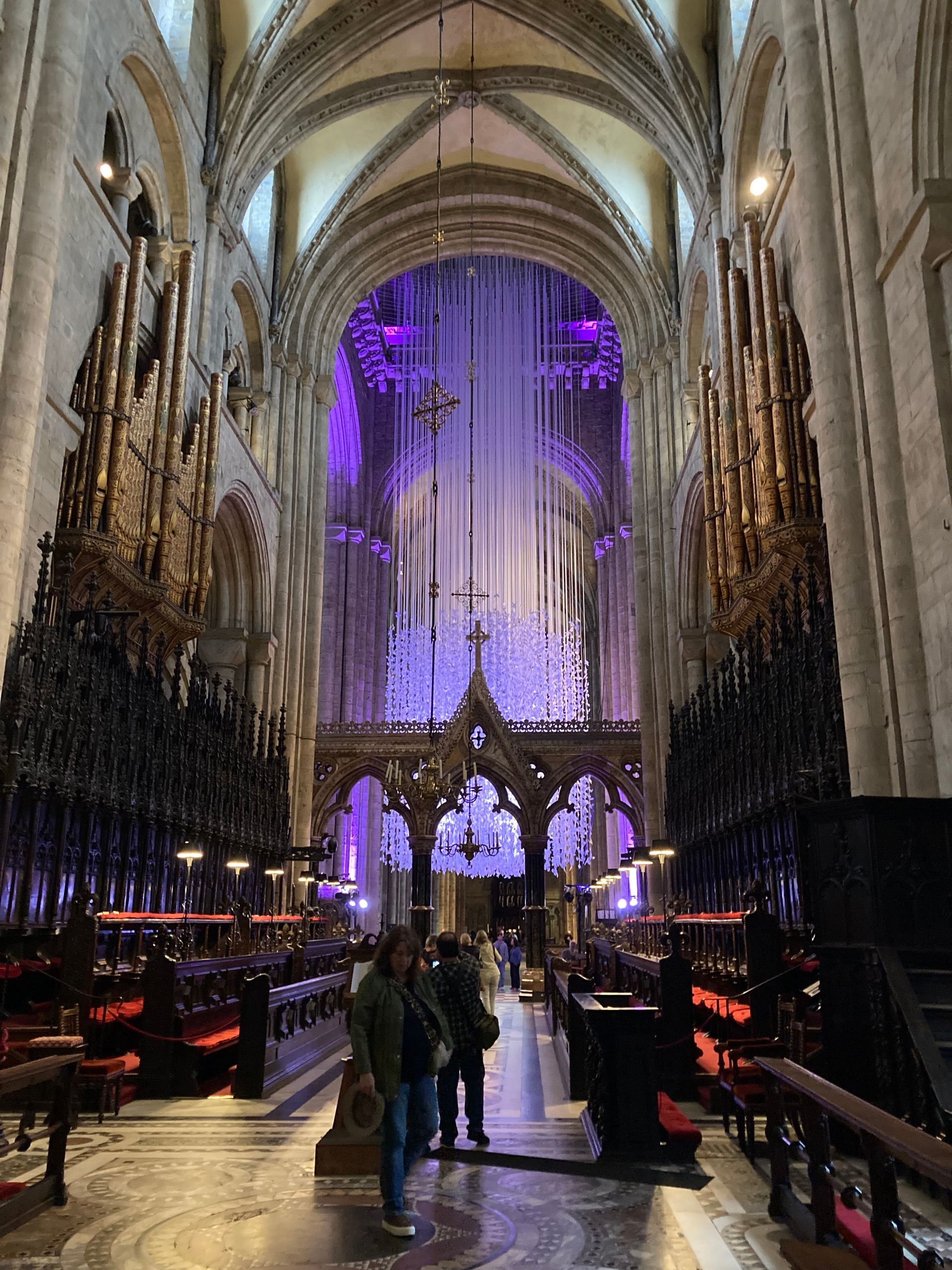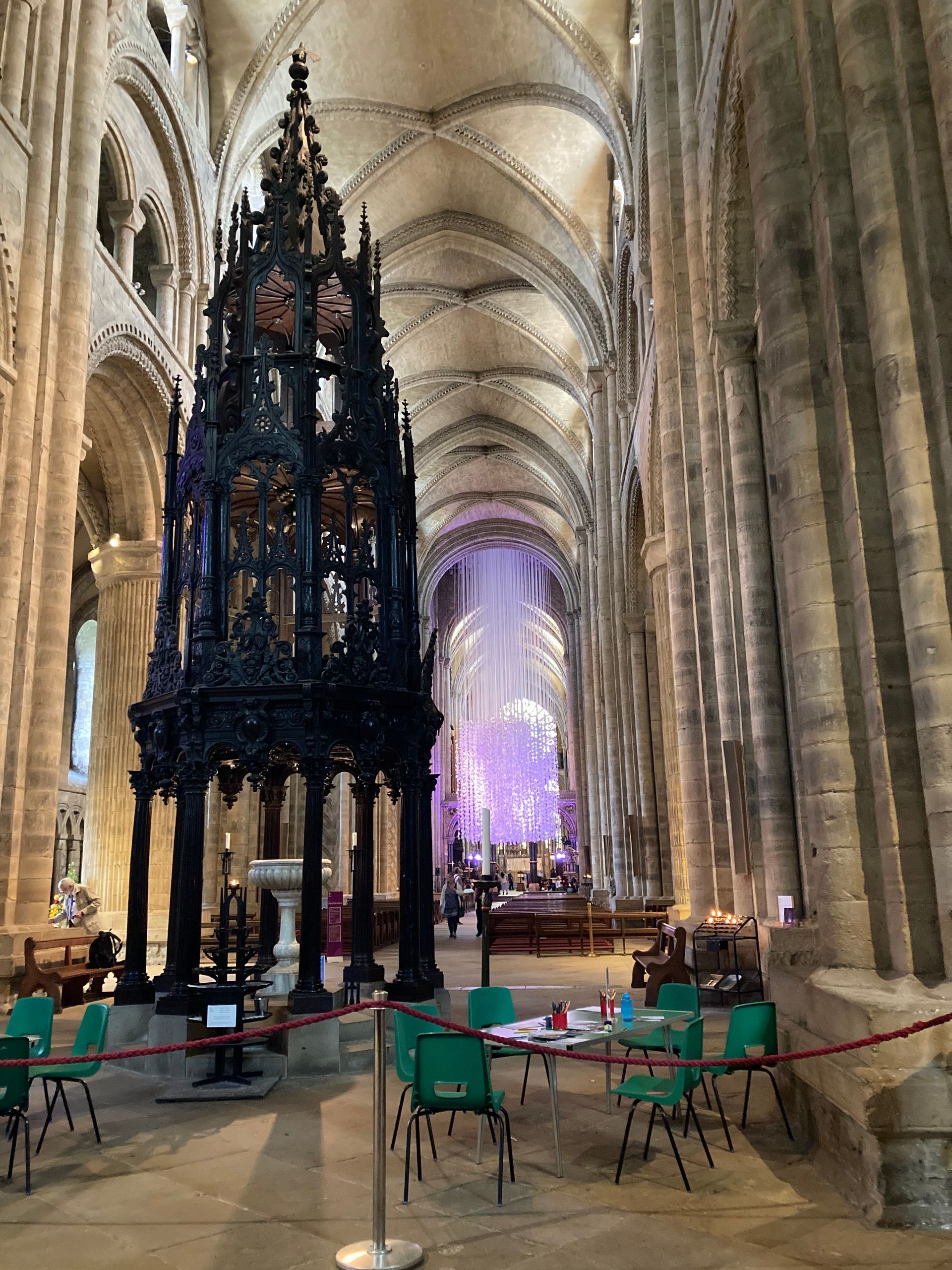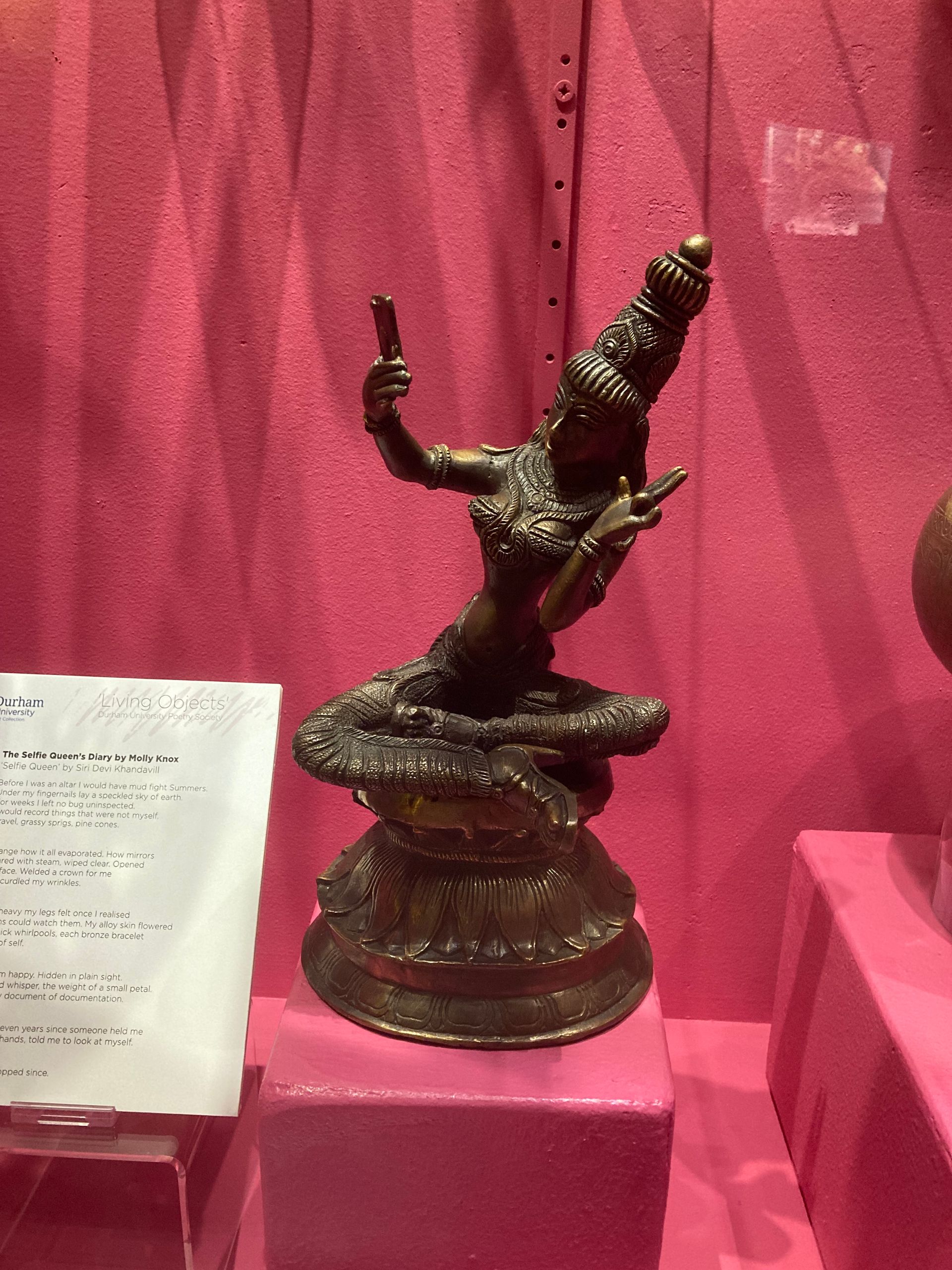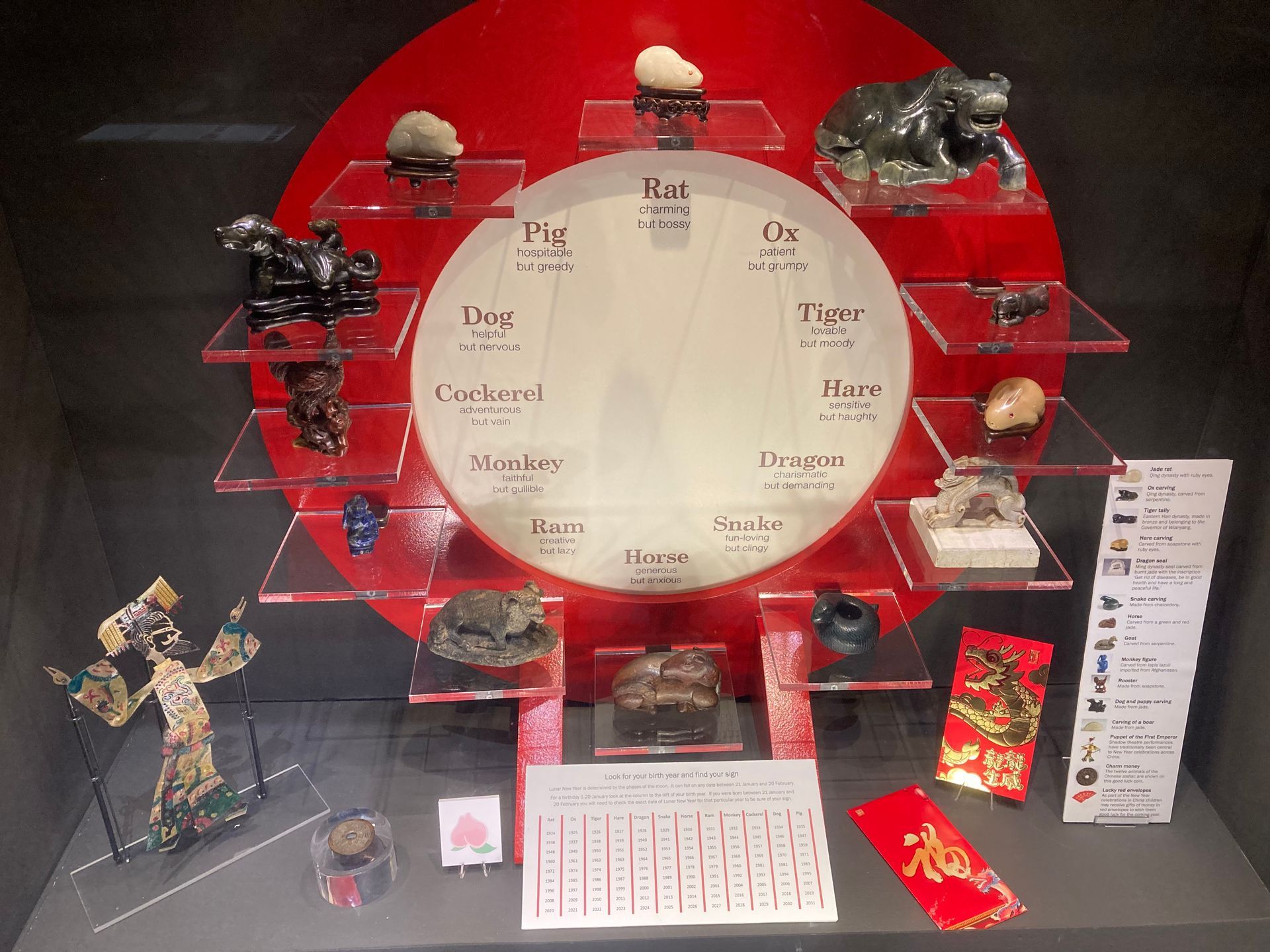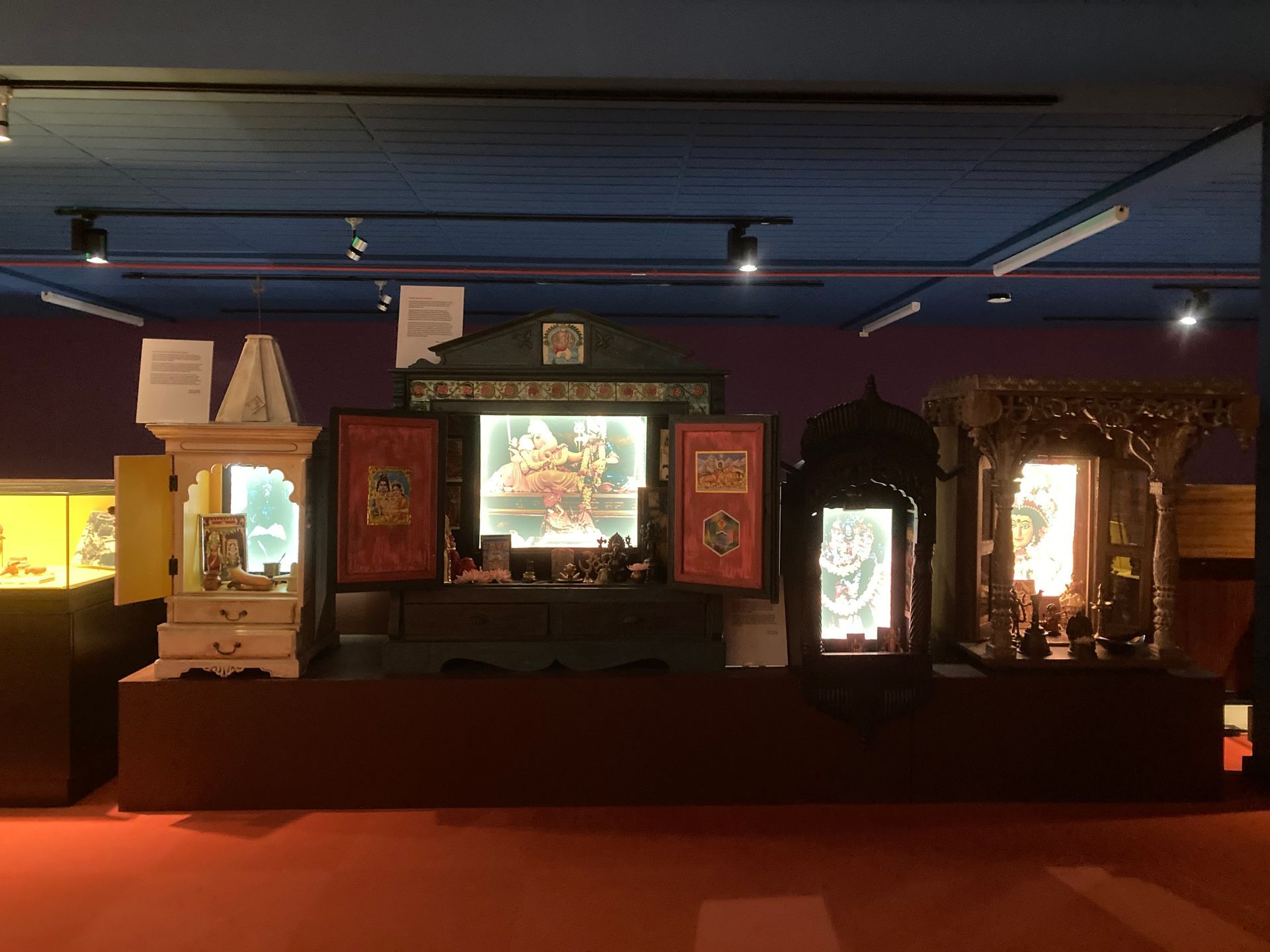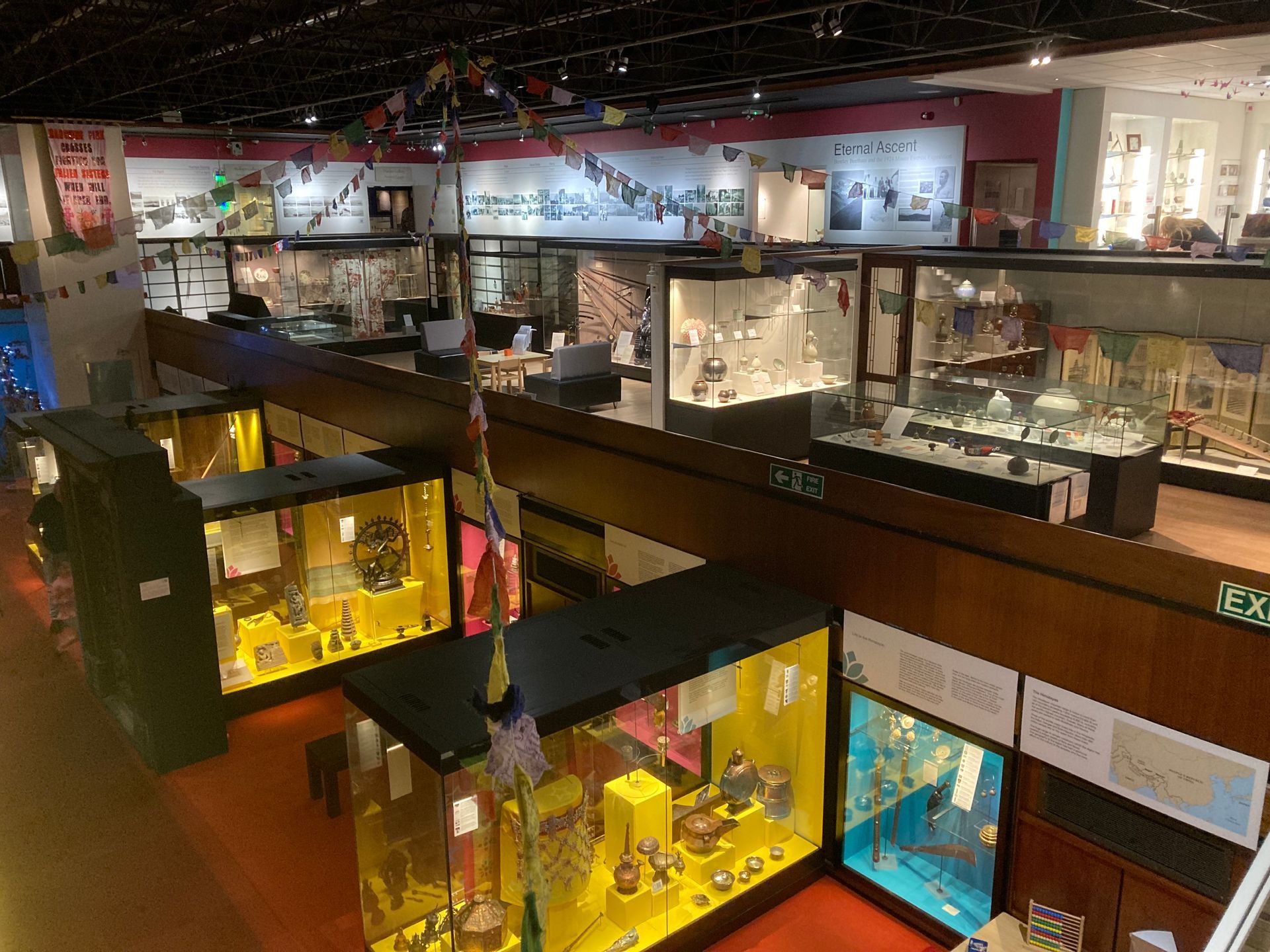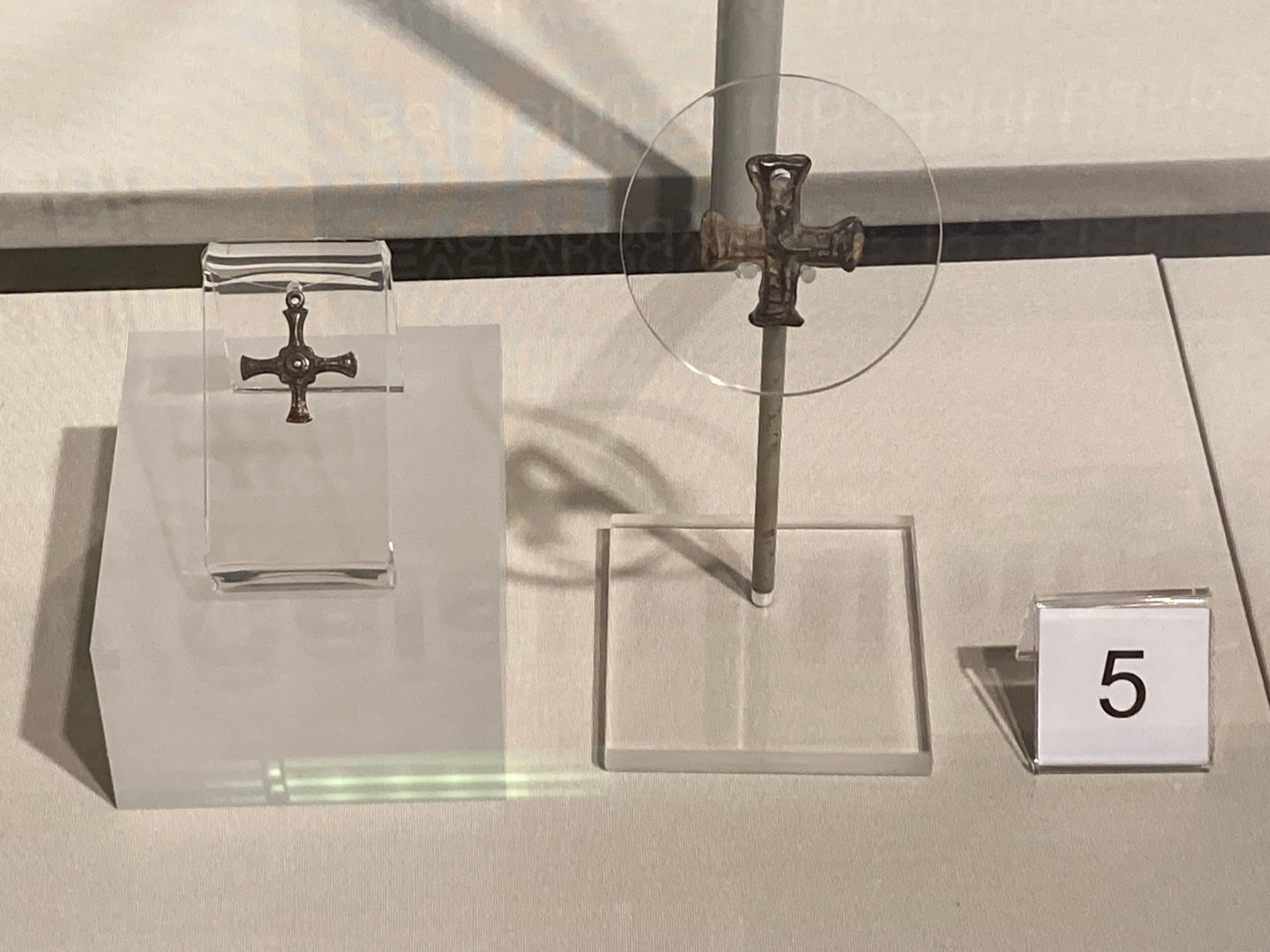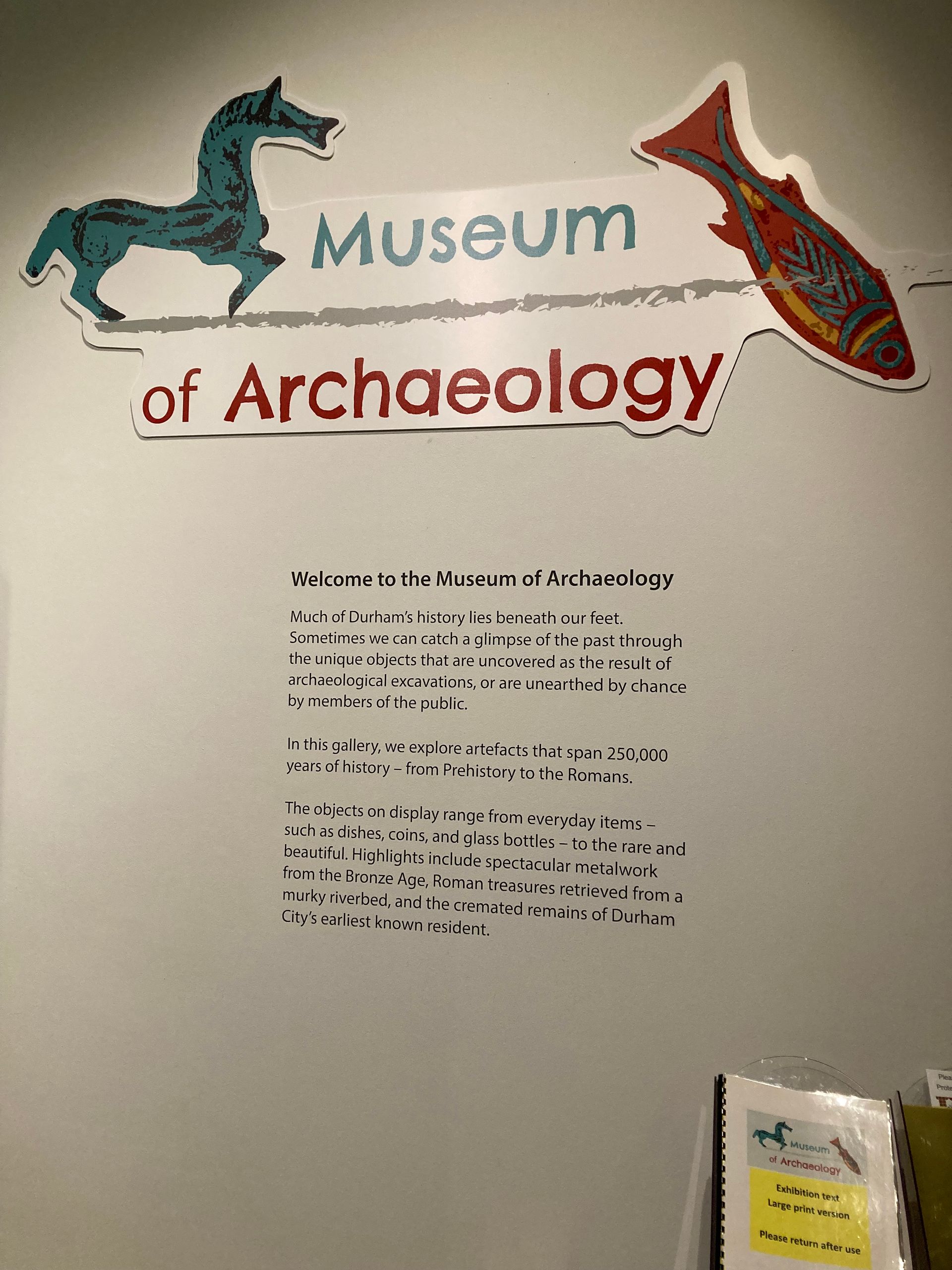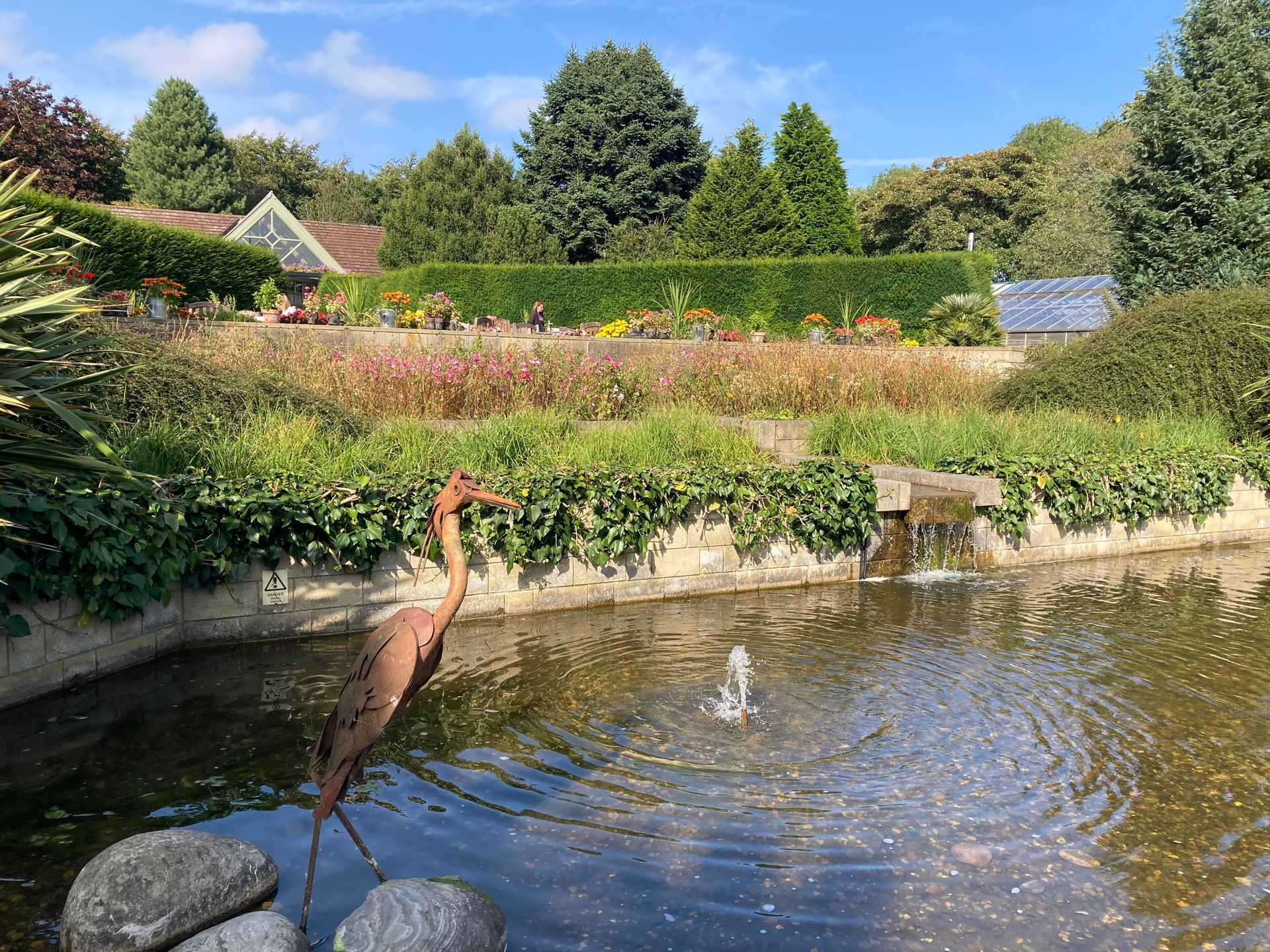- HOME
- Cultural Explorer Itineraries
- Cultural Explorer Travel
- Cultural Explorer Books
- Cultural Explorer Art
- Cultural Explorer Auction Houses
- Travel, Culture and Books - Blog
- More
- England
- Europe
- United States
- Spain
- Denmark
- Germany
- England - Yorkshire
- England - London
- England - Durham
- England - Liverpool
- England - Stratford upon Avon
- Spain - Cadiz, Jerez, Madrid
- Spain - Barcelona
- Spain - Sevilla
- Spain - Malaga and Ronda
- France - Paris
- Boston and New Haven Logisitics - Itinerary, travel, accommodation
- Boston Freedom Trail, Tea Party and Cheers
- New Haven and Yale University
- Hartford - Mark Twain's House
- Boston Art Museums - MOFA and Isabella Stewart Gardner
- Harvard and MIT Museums
- Cultural Explorer Travel - Top 10 Museums in London
- Cultural Explorer Travel - Top 10 Museums Yorkshire
- Cultural Explorer Art - Top 10 Art Galleries in London
- Cultural Explorer Art - Top 10 Controversial Paintings
- Cultural Explorer Art - The Life of the Mona Lisa
- Cultural Explorer Art - The Bowes Museum - Norman Cornish and LS Lowry
- Cultural Explorer Art - Top 10 Art Galleries in Yorkshire
- Cultural Explorer Books - Top 15 Books about Art
- Cultural Explorer Books - From a North East American Trip
- Cultural Explorer Books - Top 10 Books about Spain
- Cultural Explorer Books - Top 10 Latin American Books
- Cultural Explorer Books - Top 10 Greek Myths Books
- Cultural Explorer Books - Top 15 United States Contemporary Fiction Books
- Cultural Explorer Books - Top 10 Non-Fiction about the US
- Cultural Explorer Books - Top 10 Japan Books
- Cultural Explorer - Top 10 Books about Humans
- Cultural Explorer Auction House - Sotheby's
- Cultural Explorer Auction House - Christies
- Cultural Explorer Auction House - Bonhams
- Cultural Explorer Auction House - Phillips
- ads.txt
- Terms and Conditions

Durham
A fabulous weekend in Durham - only 47 minutes by train from York!
Cheap Train Tickets in Britain | No Booking Fees | LNER
We stayed at Durham Castle - this is part of Durham University's Accommodation
Our room was in the tower, 85 steps up, but absolutely worth it to stay in such a historic castle. Normally, these rooms are used by the students of Durham University, they are plain, but functional, plenty of tea and coffee, a powerful, hot shower, and comfortable bed. We could hear the bells from the cathedral as they rang in the night to mark time, but it was all part of this amazing experience.
Breakfast was buffet style, from a canteen, which we took through to eat in the Great Hall, surrounded by old portrait paintings of the Chancellors of the University. We sat at one of the long tables with a large stained glass window at one end and a collection of coats of armour over a wooden gallery at the other end. It felt like we were in the
Harry Potter
film set. The breakfast offer was very good quality with a good range of choice of cooked choices and cereals.
This hall, when students are in at the university, feeds 300 students and staff every day, with two formal evening meals every week.
The castle also has a small museum about the history, and a very old Norman Chapel.
The Norman Chapel is among Durham Castle’s most important spaces and, constructed around 1080, the city’s oldest building.
The chapel features an array of carvings thought to depict religious scenes and values. One of its capitals has an engraving of a man with two dogs hunting a stag. It is thought that this is a representation of St Eustace, who is said to have converted to Christianity when he saw an apparition of Jesus appear between the horns of a stag he was hunting.
There is also a representation of a
mermaid
which sometimes symbolises temptation, she is also said to be the oldest depiction of a mermaid. I love her.
Durham Cathedral
We booked the Cathedral tour and were taken around by a Tour Leader with extensive knowledge, who was able to explain the history of Durham Cathedral with stories about many of the different characters.
The most important character is
St Cuthbert, he was a monk and a bishop in the 7th century, known for his deep faith and many miracles. He spent 8 years of his life as a hermit on the remote island of Little Farne, where he could pray and reflect in peace. People admired him for his wisdom, kindness, and the miracles that were said to occur through him, even after his death.
After he died in 687, St. Cuthbert was buried on Lindisfarne. But due to Viking raids, the monks had to move his body to keep it safe. They carried it for many years, and finally, in 995, they settled in Durham, where they built a simple church to honour him.
Later, this church was replaced by the grand Durham Cathedral, which still stands today. St. Cuthbert's tomb is inside the cathedral, making it a special place of pilgrimage for people who want to pay their respects to him. This connection between St. Cuthbert and Durham Cathedral has made the cathedral a significant spiritual site for many visitors over the centuries.
There is a quiet shrine dedicated to St Cuthbert, where his remains have been interred, within the Cathedral, behind the main altar.
St. Bede, often known as the Venerable Bede, was a monk and scholar who lived in the 7th and 8th centuries. He spent most of his life in a monastery in Jarrow, in the northeast of England. Bede is best known for his work as a historian. He wrote "The Ecclesiastical History of the English People," which is one of the most important sources of early English history. He was also a teacher, poet, and translator, and he helped spread knowledge and learning during his time.
St. Bede was buried at Jarrow when he died in 735, but his remains were later moved to Durham Cathedral in the 11th century. Today, his tomb is in the Galilee Chapel of Durham Cathedral, making it a place where people come to learn about and honor him. Bede's presence at Durham Cathedral connects the church to a rich history of faith, scholarship, and the early Christian church in England.
St. Bede had a deep respect for St. Cuthbert and wrote about his life and miracles. Bede admired Cuthbert’s devotion and the way he lived a holy life. Through his writings, Bede helped people understand how important St. Cuthbert was to the Christian faith in England. Even though Bede and Cuthbert never met in person, Bede's writings ensured that the memory of St. Cuthbert and his works would be remembered for generations.
Durham Cathedral Museum
The museum holds St Cuthbert’s pieced together British oak coffin, made in 698AD, it is covered with engravings of the Apostles, Angels, Jesus and the Virgin Mary. It is considered one of the most important pre-Norman conquest wooden artefacts in England.
The museum display also includes items found with the coffin, such as St Cuthbert’s portable altar, a gold and garnet pectoral cross, and a comb made from African elephant ivory.
The Oriental Museum, the Archaeological Museum and the Botanical Gardens are all managed and curated by Durham University.
The Oriental Museum - free
The museum currently has an exhibition marking the centenary of the 1924 Mount Everest Expedition, the first Western, and ultimately tragic, attempt to climb the highest mountain in the world. They present the story from the perspective of local school teacher Bentley Beetham, using photographs selected from his large collection taken during the course of the expedition.
The museum also has a wide range of objects from Korea, Japan and China, with an eclectic mix of modern and older objects in the collection.
There are well thought out areas and activities for children.
Botanical Garden
There is a great cafe, where you can also sit outside on a good day, with a great range of cakes.
They have a few greenhouses, one with some small creatures, including a Tarantula and Salamander. Also, a greenhouse that features a small rainforest, where you can press a button for rain, press the button and experience the rainforest.
There’s a large water feature, some ponds, grassed areas to sit in, and a pleasant woodland walk.
We were also interested in the information about experiments that students were completing on horticulture.
Archaeology museum - free
The Archaeology Museum displays a chronological history of the archaeology of Durham and its close area, from Mesolithic, through Roman times, to modern times. You can get around it all in an hour, and there are some interesting objects, some of which are quite quirky, from a modern engagement ring to . . .
The museum is also linked to the library, and they said that underneath the museum they have 8 miles of books. Reflecting their library, they also had a small exhibition displaying some of their library items.
Durham Books
Cuddy by Benjamin Myers
This fabulous book inspired me to visit Durham, and it was the winner of the 2023 Goldsmiths Prize. Cuddy tells the story of St. Cuthbert, unofficial patron saint of the North of England. Incorporating poetry, prose, play, diary and real historical accounts to create a novel like no other, Cuddy straddles historical eras - from the first Christian-slaying Viking invaders of the holy island of Lindisfarne in the 8th century to a contemporary England defined by class and austerity.



Facebook page: https://www.facebook.com/SarahCulturalExplorer
Instagram: https://www.instagram.com/sarahculturalexploreruk
My Bio: Travel opens doors to art, museums, and galleries, where stories come alive. I love books, paintings, collectors, and auctions - the treasures connecting us to history, creativity, and culture. Enjoy regular posts on my facebook page.
Email: culturalexploreruk@gmail.com
